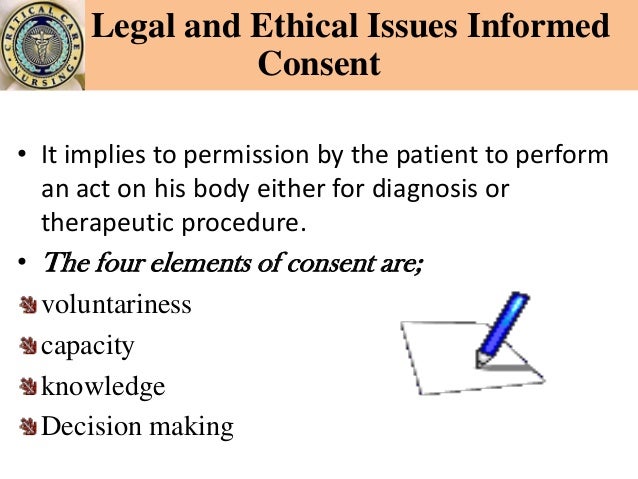


When does the problem have to be solved?.What would the situation be if the problem did not exist, and what is the situation in the future if the problem persists?.Who causes or can influence the problem?.While defining the problem definition, all five W’s should be fully answered. When engaging in the Problem Definition Process, use Lean’s “ 5 times why” method: who, what, where, when and why. A cost-benefit analysis, for example, can show whether the investment into an online check-in portal can be recouped.Īpproaching the problem with sufficient background information is advantageous, in that one can spot previously unforeseen issues. For example, if the airline transports 50 passengers per day, and if the current check-in protocol wastes about 6 minutes per passenger, this results in a loss of about 5 hours per day, which amounts to €100 per day, or €36,500 per year. After all, nobody has the means to solve every small problem. Once the problem is defined, it must be explained why it is a problem.

Describe the financial consequences of the problem By wasting man-hours, the current protocol makes the company less competitive and a slower check-in process creates an unfavourable brand image. In the case of the airline company, this could be that: The company’s current check-in protocol is inefficient in use. Summarise the problem briefly and position the key information at the beginning of the single-phrase problem definition. Describe the problemĪccurately describing the problem is often half the work. The check-in protocol must therefore be optimised, while making the situation understandable for all passengers. After all, the aircraft has to depart as soon as possible. An inefficient check-in protocol is time consuming and entails extra costs. If every passenger has to check in at the airport, long queues develop as a result and this takes up a lot of time. Take, for example, the check-in protocol of a small airline. Before the problem is described or treated, a few sentences should be used to explain what the situation would be if the problem did not exist.

Start by describing how things should work in the most ideal situation. Steps in the Problem Definition Process 1. However, defining the problem is essential before switching to, for example, a Root Cause Analysis, making an Ishikawa diagram or performing a cause-and-effect analysis. In addition, one can develop ideas about creative solutions, even if the solutions are not part of the problem definition process. In this way, one can develop valuable insights about the size of the problem and its possible consequences. Implementing the Problem Definition Process is especially effective when all stakeholders are involved. The problem definition process helps to visualise the problem, by presenting it from different angles and to help define the broader context and associated problems. What initially appears to be the whole problem is often only a part or a symptom of a larger, deeper, and more complex issue. Problem Definition Process is a tool that can be used to compare different problems, for example, within an organisation or in a project, and can highlight general problems that were previously unclear. "A real attachment injury ties right to trust: Something happens in the relationship where the hurt partner decides on a certain level, 'You're unsafe, and I can never trust you again.Do you want unlimited ad-free access and templates? Find out more Being cheated on, or any number of scenarios that break your trust, can cause attachment injuries, Moran explains. For example, "Someone who was raised with a father who was very distant learned this person who was 'god'-our parents are god to us-isn't really emotionally available." And that sticks with us, sometimes forming what's known as an insecure attachment style.īeurkens adds that trust issues "can also develop as a result of being betrayed or hurt in relationships as an adult, including friends, family members, and/or romantic partners."Īs such, infidelity is a common cause of trust issues. "We all have vulnerabilities from childhood because the human experience if flawed," Moran adds. Beurkens notes that if someone experienced betrayal, abandonment, or harm when they were young, this can lead to trust issues as an adult. Our childhood, specifically our relationship with our parents, can play a particularly big role in how we approach relationships today. Trust issues develop as a result of our past or present experiences.


 0 kommentar(er)
0 kommentar(er)
